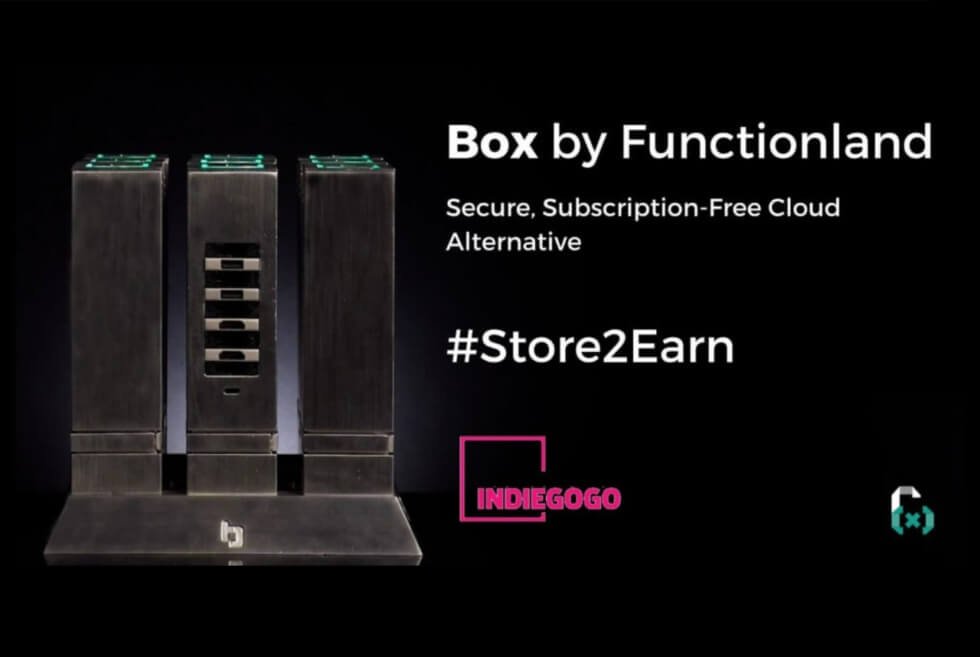Crypto and Web3 technologies are disrupting traditional sectors such as real estate, finance and art collection as this article from Justin Shee covers. One of the keys to this disruption is to provide liquidity to fixed and immovable assets such as homes or pieces of art. With Crypto, it is now possible to bring in investors that are willing to invest in a fraction of a prized piece of art being auctioned by Sotheby’s or a fraction of a home in a lucrative real estate market such as in the Western United States.
With blockchain technology, the middlemen and red tape are removed. Gone are the reams of documentation and KYCs that were previously required to ascertain ownership of any property or art. Further, it is easy to transact these fractions of shares amongst art aficionados or investors who are willing to bet on future gains of property, much like shares. Blockchain innovations such as Particle break down a physical art masterpiece into several minute portions to be sold to investors.
In summary, whether it is Real estate, art, finance or governance, crypto and web3 have made possible the concept of fractional ownership of assets practical. Collaborative ownership is now a reality.
Why hold Data a prisoner?
In this landscape, it is therefore ironic that most consumer and enterprise data are still held, owned and controlled by one single cloud vendor. Entire companies such as Netflix or several startups are run on the public cloud holding customer data and analytics around their activities. When we have the power of blockchain and web3, which have disrupted several industries, why would we leave all our data to be owned and controlled by one single cloud vendor? Should data, like the applications themselves, also be decentralized?
One of the key barriers to finding a solution for data is the need for generic hardware that can be standardized and plugged in to provide storage for data. The other is that software needs to bring together the consumers and providers to be able to store data in an immutable, distributed fashion. Finally, the incentives for providers and consumers need to be aligned to enable a free two-way marketplace that is truly peer to peer.
IPFS and FileCoin have brought in some of the primitives that can be leveraged to provide a turnkey solution to store, retrieve and incent a marketplace between providers and consumers.
An end to end complete, user friendly and practical option – Blockchain attached Storage
Box by Functionland provides a practical option that makes it easy for users, who may not have any idea on the inner workings of the blockchain, to plug in generic hardware and begin providing and consuming decentralized storage attached to the block chain. Box removes one of the key barriers to decentralizing storage, i.e. ease of use and practicality to harness the power of the blockchain.
Double-clicking on the solution, Box makes it possible to
– provide and leverage secure and efficient blockchain-attached storage to store data including NFTs, asset ownership records, transactions.
– leverage the blockchain-attached storage provided by independent Box owners who arbitrage additional storage.
– create a guild or pool between trusted stakeholders to exchange information, such as transact art between trusted buyers and sellers, a decentralized Sotheby’s
Cut the middleman, unleash the power of the data without a single point of failure
Box is completely decentralized, there are no middlemen involved and it is easy to get started as a provider or a consumer. Data is stored across a set of independent Box devices, which removes the risk of losing privacy or ceding control over the data in the hands of one large cloud company. Decentralizing the data also removes the single point of failure which occurs fairly often when entire regions go down for several hours.
Data can now be mobilized without incurring excessive egress charges that are typical to public clouds and Functionland’s FULA token ensures that there are incentives for providers to guarantee storage and retention of data that meets SLAs expected by consumers that are storing the data.
Thus, as DeFi removed the middleman from banking, or Particle removed the middleman from art auctions, Box is disrupting the storage landscape for Web3, liberating data and allowing it to be mobilized as fractional bits stored with independent storage providers leveraging Box technology from Functionland.
To learn more, visit fx.land and participate in the upcoming Kickstarter campaign to start providing and consuming pictures over blockchain attached storage.







